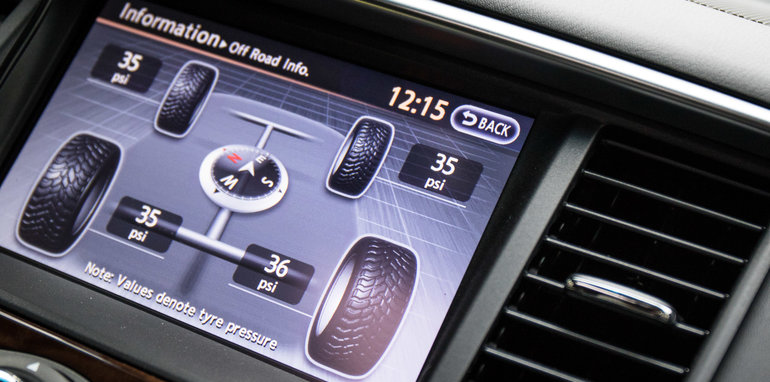
How do you maintain tyre pressure? Your vehicle manufacturer may suggest different tyre pressures for your front and rear tyres so make sure you aware of these guidelines. Car tyre pressure refers to the amount of air that has been pumped into the inner linings of your tyres. It is measured in pounds per square inch (PSI) or BAR , which is a unit of atmospheric pressure.
Maintaining the correct tyre pressure is essential. As well as helping to improve safety when you’re behind the wheel, it can optimise fuel efficiency and extend the lifespan of your tyres. There will be different settings for fully loaded vehicles, so please remember to check these, especially if carrying extra passengers or any additional weight, i. Wonderful words, driving efficiently!
For that reason, maximum tyre pressure creates less rolling resistance! The least amount of rolling resistance saves gasoline or diesel fuel. If you can locate a car dealer, tyre shop or private shop. There are two rows of figures, depending on what size tyres are fitted. That tells that front pressure is 1. Please be aware that if you are using your vehicle to carry additional weight, you should always consult your car’s handbook for the correct laden pressure.
Too little or too much pressure If the pressure of your tyres is higher or lower than the approved levels , you can rectify this quite simply. Tyre air pressure is measured in either pressure per square inch (PSI) or BAR pressure , which is the metric unit of atmospheric pressure equal to 14. Converting between bar pressure and PSI pressure is easily performed using this online conversion tool. Most cars come with a sticker somewhere on their bodywork that tells you the correct tyre pressure.
This can usually be found on the inside of your door , on the part of the vehicle body that is hidden from view when the door is closed. The amount of pressure recommended for your car is based on specific technical data related to the vehicle, e. The right tyre pressure has a positive influence on some key areas of performance, including: - Improving your tyre lifespan - Decreasing your fuel consumption - Safe driving. In general, if you have bigger rims with a lesser tire profile you should use higher pressure. Always consult your vehicle handbook for your exact recommended pressures. Over-inflated tyres wear quickly, ride harshly, and are at risk of blowing, or causing skidding.

Every tyre is designed to work in an effective pressure range, from low to high, and if you don’t know what pressure your tyres should be check with your dealership, local mechanic, or local tyre shop. Aim to check your tyre pressures every couple of weeks, with the tyres col using a reliable and accurate tyre pressure gauge. Under-inflated tyres are prone to overheat, whilst over-inflation can seriously affect the road handling of your vehicle. Economy - correct tyre pressure helps prolong the life of your tyres , which saves you money.
By keeping your tyres at their correct pressure, you’ll reduce your running costs. Under inflated tyres are prone to overheating use more fuel and wear out more quickly. At Tyre City, we recommend that you check your tyre pressure every few weeks to ensure your tyres are not losing air - but how do you know what the correct air pressure should be for your car or van? To know which pressure you nee you need to check some information.
With my car when the PSI of a tire drops below PSI then my car will turn on the tire pressure light indicating that one of my tires needs to be inflated. There is a max tire pressure that will be printed on the sidewall of your tires that you should not exceed. Most passenger cars will recommend psi to psi in the tires when they’re cold. What tire pressure is too high? The reason you check tire pressure when they’re cold is that as tires roll along the roa friction between them.
Tyre tread depth has to be above 1. This must be the case for the middle three quarters of the tyre.


No comments:
Post a Comment
Note: only a member of this blog may post a comment.